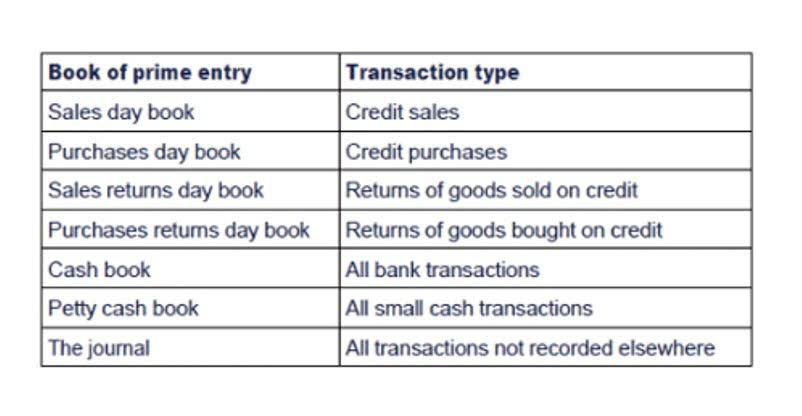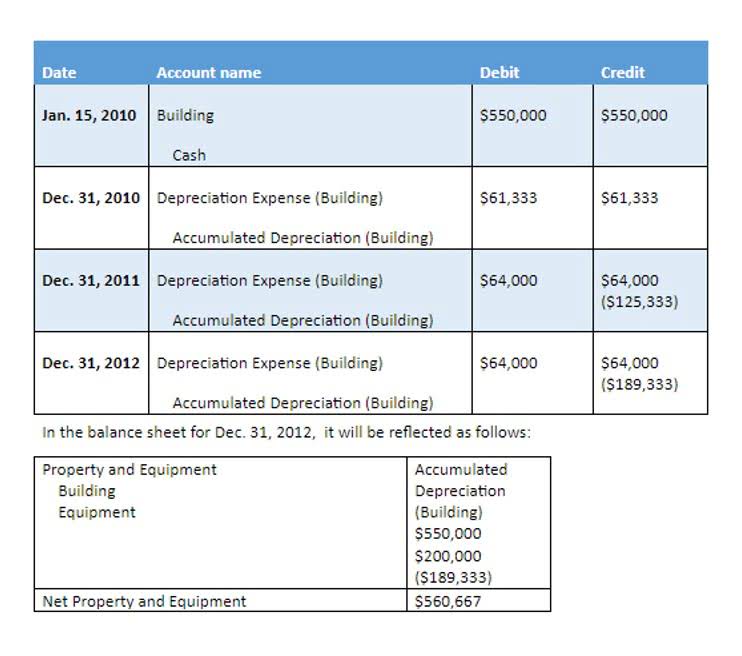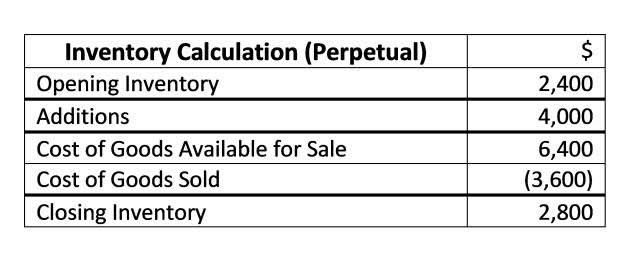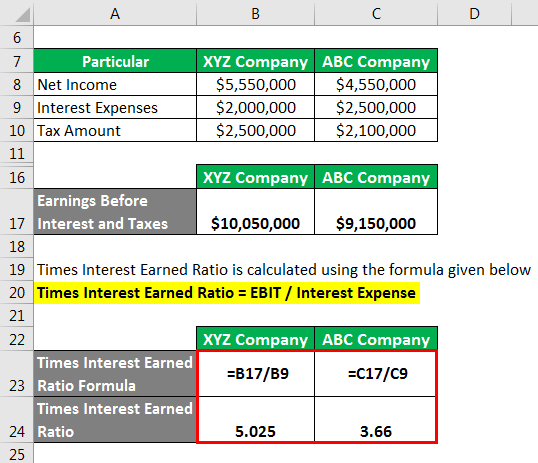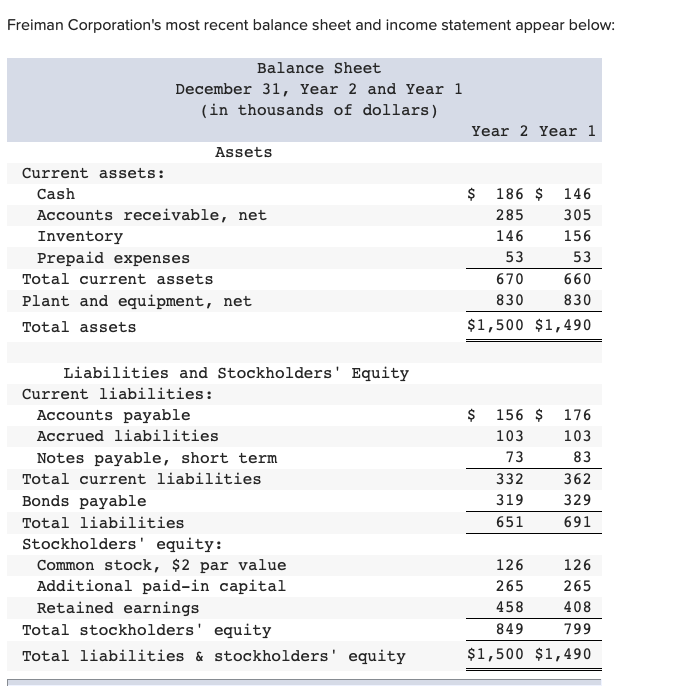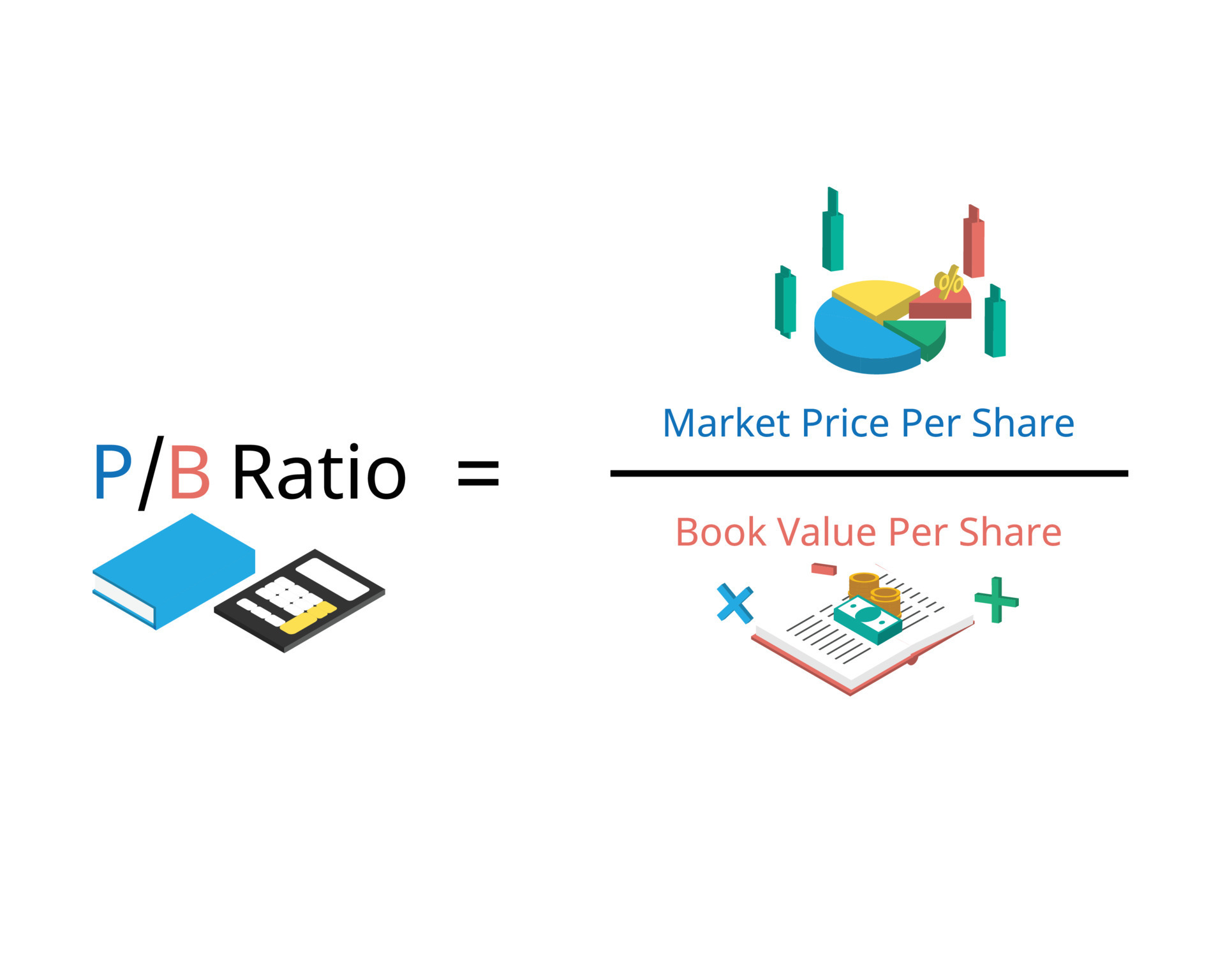How to Read and Understand an Income Statement Bench Accounting
The income statement/income tax return, balance sheet, and Cash Flow statements are usually used for different purposes. Cash inflows are recorded on an accounting basis following the receipt of cash. This may cause some people to think that they are inefficient, since money has been sitting around for days or months before being recorded. On the other hand, income statements do not illustrate this; they usually show income before taxes. Thus, the Cash Flow statement is particularly useful in determining taxable income. The income statement describes the income achieved by the reporting entity during a specific accounting period.
Related AccountingTools Course
But you can anticipate your future by creating hypothetical income statements for the accounting periods to come. Subtract the cost of interest payments and income tax from your operating income, and you get the bottom line. This https://auto64.ru/news/com/ is how much money your company brought in for the period of time your income report covers. You, or the managers at your company, are in charge of dealing with total revenue, COGS, and general expenses.
How to Read (and Understand) an Income Statement
Harvard Business School Online’s Business Insights Blog provides the career insights you need to achieve your goals and gain confidence in your business skills. Revenue accounts include Sales, Service Revenues, and Other Income such as Rent Income, Royalty Income, Gain on Sale of Fixed Asset, etc. Our mission is to empower readers with the most factual and reliable financial information possible to help them make informed decisions for their individual needs. 11 Financial is a registered investment adviser located in Lufkin, Texas.
Why are income statements important for small businesses?
- It is the spreading of the cost of an intangible asset over the course of its useful life.
- Income statements also provide a good source of analysis for investors that are willing to invest in the business.
- Income statements should be generated quarterly and annually to provide visibility throughout the year.
- Under that system, you may have recorded income in accounts receivable—for instance, as an invoice you’ve sent to a client—before you’ve actually received the payment.
To create an income statement for your business, you’ll need to print out a standard trial balance report. You can quickly generate the trial balance through your cloud-based accounting software. Trial balance reports are internal documents that list the end balance of each account in the general ledger for a specific reporting period. A quarterly income statement shows the gross profit or loss generated by your business over a three-month period. It can also be referred to as a profit or loss account and is a crucial financial statement that shows the business’s operating income and expenditures, detailing your net income or net profits. Typically, multi-step income statements are used by larger businesses with more complex finances.
It adds up your total revenue then subtracts your total expenses to get your net income. Large companies may have thousands of income statement accounts in order to budget and report revenues and expenses by divisions, product lines, departments, and so on. Within an income statement, you’ll find all revenue and expense accounts for a set period. Accountants create income statements using trial balances from any two points in time. If you don’t have a background in finance or accounting, it might seem difficult to understand the complex concepts inherent in financial documents. However, taking the time to understand financial statements, such as learning how to read an income statement, can go far in helping you advance your career.
What are the most important figures in an income statement?
Net income is used for calculation in many ratios in order to evaluate the company’s performance, including net profit margin, return on assets, return on equity, and earnings per share (EPS). Administration expenses are the operating expenses that are not directly related to the sale that the company makes, including non-sales staff’s salaries, rent, utilities, office supplies, and depreciation expenses. Operating expenses are expenses other than the cost of goods sold that the company spends in the operation of the business, including salaries, advertising, rental, utilities, office supplies, and depreciation expenses. Operating expenses are the expense element that can be classified into selling expenses and administration expenses. Cost of goods sold is the cost that occurs directly related to the sale that the company makes, which is usually referred to as direct cost. It is the expense element of income statement that ties directly with sale revenue.
EBITDA (Earnings before Interest, Taxes, Depreciation, and Amortization)
If a company is publically traded, its income statement must conform to gaap standards. Even private businesses provide them for the sake https://fortee.ru/2011/06/27/zavtra/ of their stockholders, creditors, and other interested parties. With this segregation, users can identify the income from continuing operations and thus make a more informed estimate of their future cash flows.
Business Insights
In a qualitative sense, expenses indicate the effort expended when providing goods http://getkredit.ru/index.php?option=com_content&view=article&id=270:2012-04-18-08-21-00&catid=2:2011-12-17-16-53-42&Itemid=3 and services to customers. Expenses represent the gross decreases in owners’ equity caused by operating events. Revenue would not be recognized upon the product’s extraction from the well, in much the same way that the collection of a receivable is not considered revenue under accrual accounting.
Sales and Gross Profit
We accept payments via credit card, wire transfer, Western Union, and (when available) bank loan. Some candidates may qualify for scholarships or financial aid, which will be credited against the Program Fee once eligibility is determined. Please refer to the Payment & Financial Aid page for further information.





